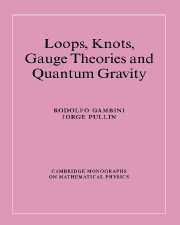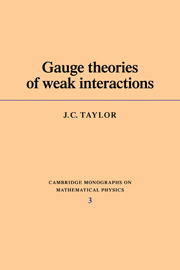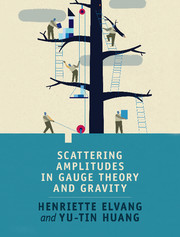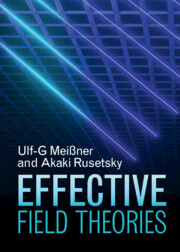Loops, Knots, Gauge Theories and Quantum Gravity
This volume provides a self-contained introduction to applications of loop representations, and the related topic of knot theory, in particle physics and quantum gravity. These topics are of considerable interest because they provide a unified arena for the study of the gauge invariant quantization of Yang-Mills theories and gravity, and suggest a promising approach to the eventual unification of the four fundamental forces. The book begins with a detailed review of loop representation theory and then describes loop representations in Maxwell theory, Yang-Mills theories as well as lattice techniques. Applications in quantum gravity are then discussed, with the following chapters considering knot theories, braid theories and extended loop representations in quantum gravity. A final chapter assesses the current status of the theory and points out possible directions for future research. First published in 1996, this title has been reissued as an Open Access publication on Cambridge Core.
- Casts several topics from different areas of physics in a common language and a single perspective
- Self-contained from the point of view of a graduate student who wants to get started in the field
- It introduces several notions of sophisticated mathematics that are needed to discuss the physics in a simple fashion
- This title has been reissued as an Open Access publication on Cambridge Core
Product details
February 2023Paperback
9781009290166
340 pages
229 × 152 × 18 mm
0.5kg
Available
Table of Contents
- 1. Holonomies and the group of loops
- 2. Loop coordinates and the extended group of loops
- 3. The loop representation
- 4. Maxwell theory
- 5. Yang-Mills theories
- 6. Lattice techniques
- 7. Quantum gravity
- 8. The loop representation of quantum theory
- 9. Loop representation: further developments
- 10. Knot theory and physical states of quantum gravity
- 11. The extended loop representation of quantum gravity
- 12. Conclusions: present status and outlook
- References
- Index.







